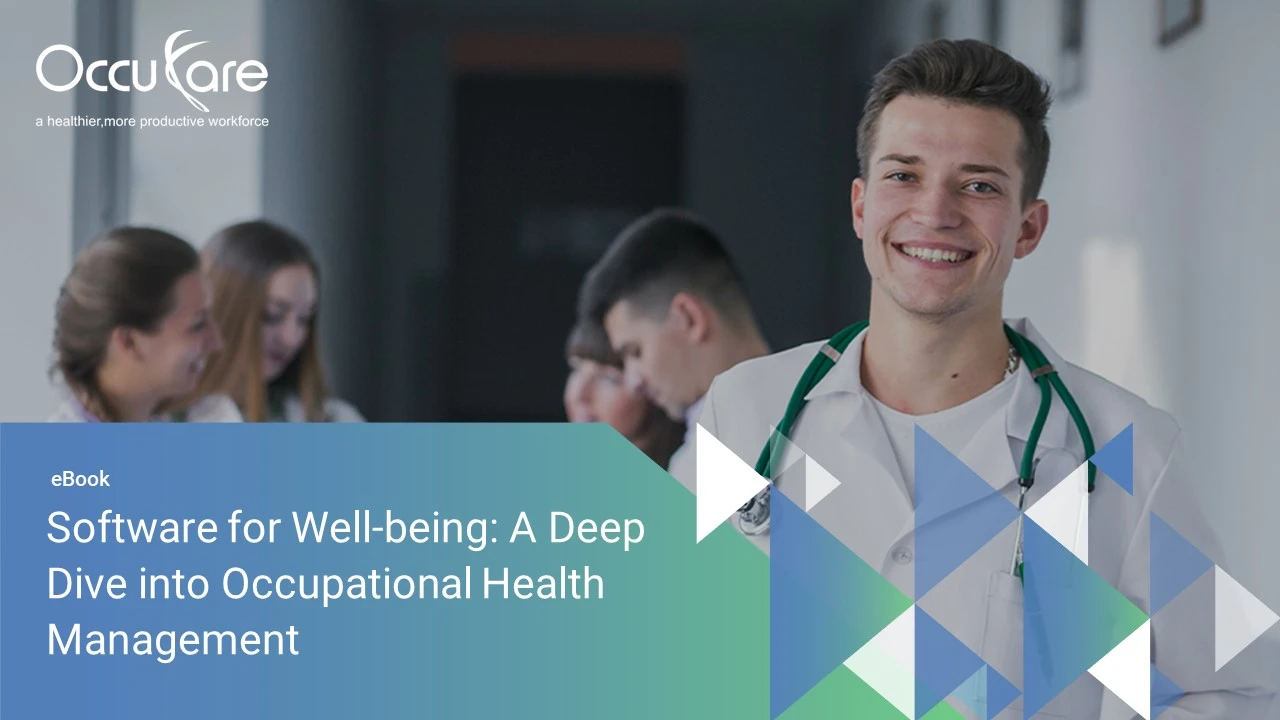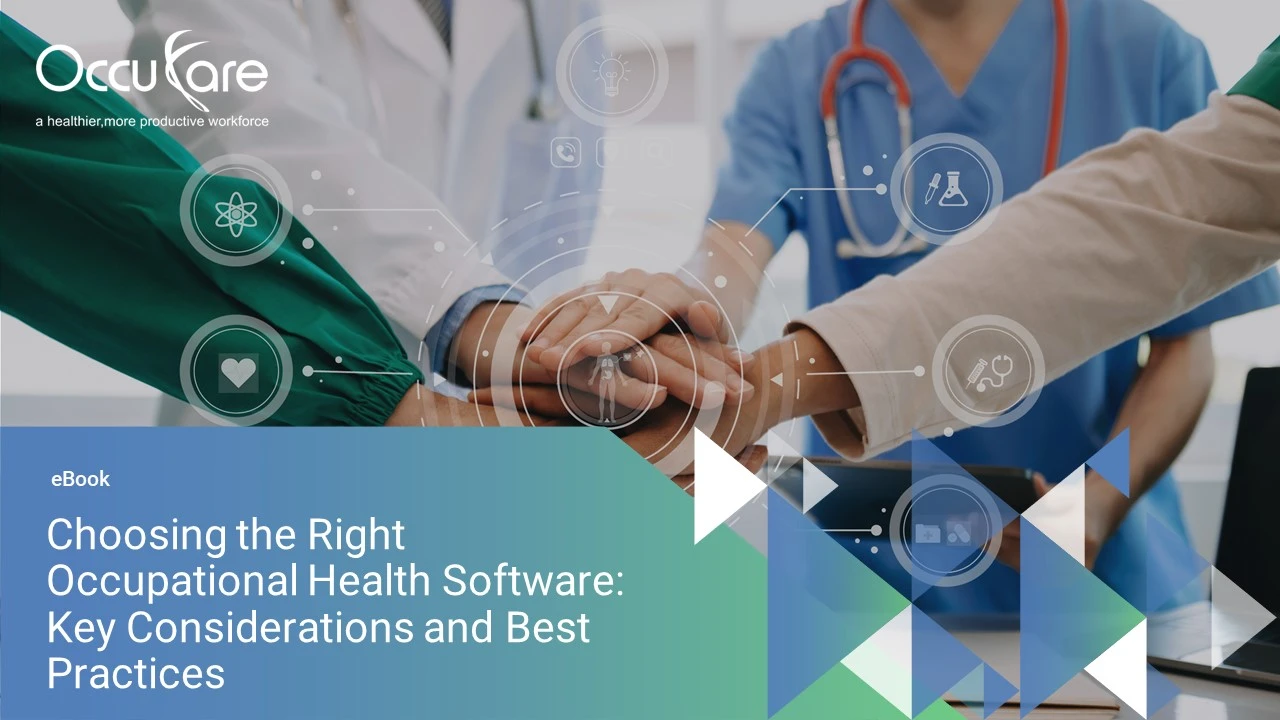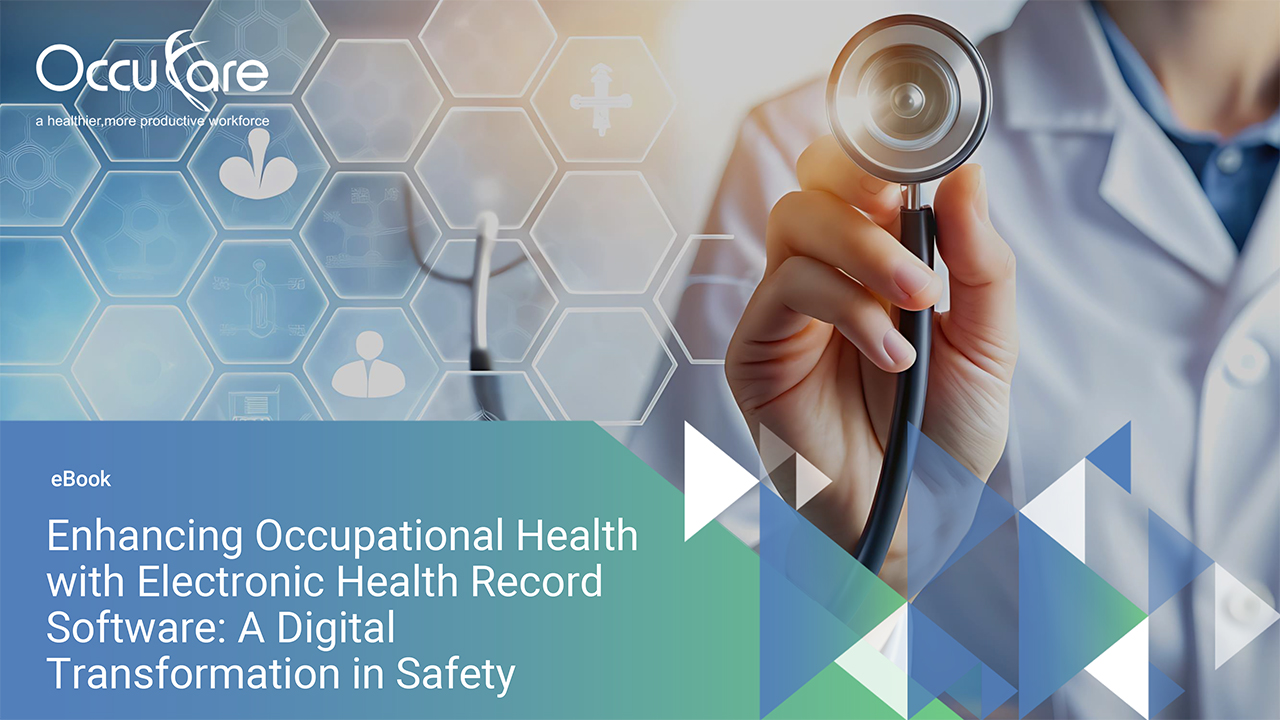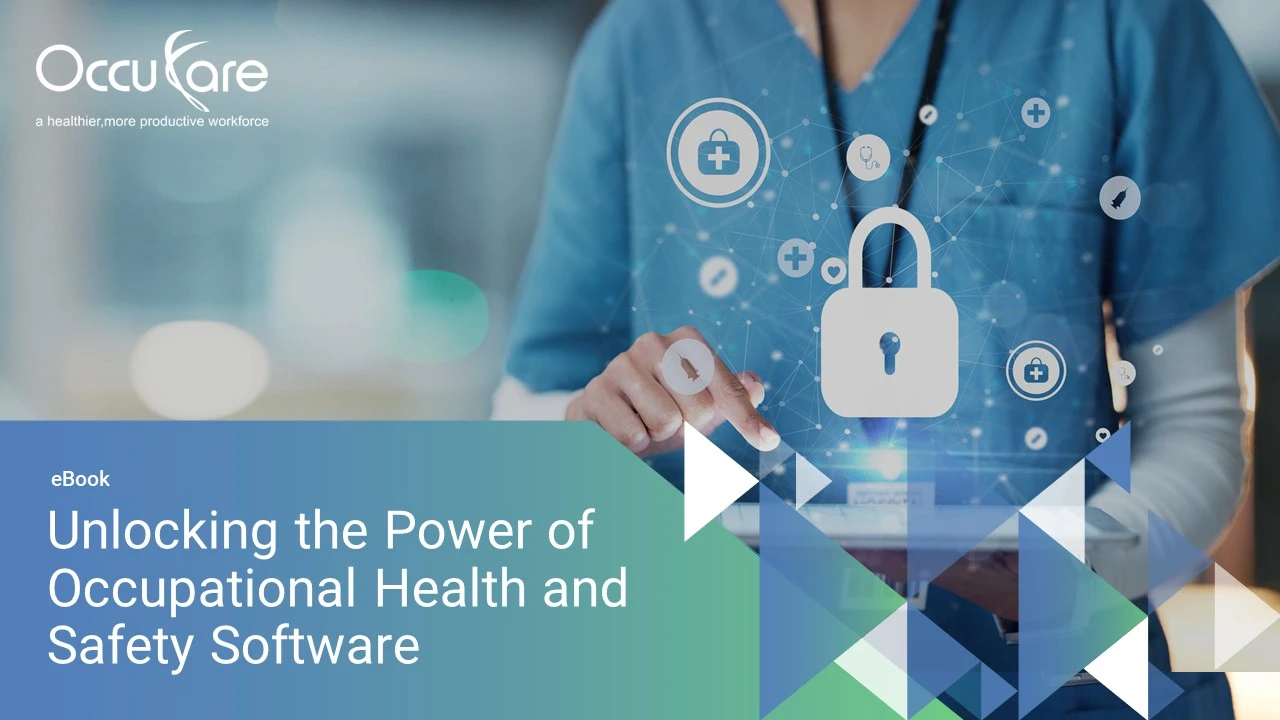Chapter 1: Introduction
- Overview of Occupational Health Management.
- Importance of Employee Well-being.
- Role of Technology in Well-being.
Overview of Occupational Health Management:
Occupational Health Management Software is a multidisciplinary approach aimed at safeguarding and enhancing the well-being of employees within the workplace. It encompasses strategies, policies, and practices designed to prevent occupational hazards, promote a safe work environment, and ensure the overall health of the workforce. This chapter provides an in-depth exploration of the key components that constitute effective Occupational Health Management System Software.
Understanding Occupational Health Management:
- Defining Occupational Health: Explore the concept of Occupational Health Management System, emphasizing its broader scope beyond physical well-being to include mental health, ergonomics, and overall employee welfare.
- Interdisciplinary Collaboration: Discuss the collaboration between medical professionals, safety experts, and HR professionals in creating comprehensive EHS Health strategies.
Importance of Employee Well-being:-
Employee well-being is the cornerstone of a thriving and productive workforce. In this section, we delve into the intrinsic value of prioritizing the well-being of employees and the ripple effects it can have on organizational success.
1. Productivity and Engagement:
Establishing the Link: Examine studies and research that demonstrate the direct correlation between employee well-being, job satisfaction, and heightened productivity.
2. Talent Attraction and Retention:
Competitive Advantage: Illustrate how organizations that prioritize well-being gain a competitive edge in attracting top talent and retaining valuable employees.
3. Corporate Social Responsibility:
Ethical Imperative: Discuss the ethical responsibility organizations have in promoting the health and welfare of their employees as a core tenet of Corporate Social Responsibility (CSR).
Role of Technology in Well-being:-
In the digital age, technology plays a pivotal role in shaping the landscape of occupational health and employee well-being. This section examines the various ways technology contributes to creating healthier, safer, and more productive workplaces.
1. Evolution of Technology in Occupational Health:
Historical Context: Trace the evolution of technology’s role in occupational health, from basic record-keeping to sophisticated Occupational Health Services platforms.
2. Digital Transformation:
Integration of Data: Explore how technology facilitates the seamless integration of health and safety data, streamlining processes and enhancing decision-making.
3. Future Trends:
Artificial Intelligence (AI) and Predictive Analytics: Discuss the potential of AI and predictive analytics in identifying and mitigating occupational health risks before they escalate.
In the chapters that follow, we will delve deeper into specific aspects of Occupational Health Center, examining the software solutions that contribute to creating safer, healthier, and more fulfilling work environments.










